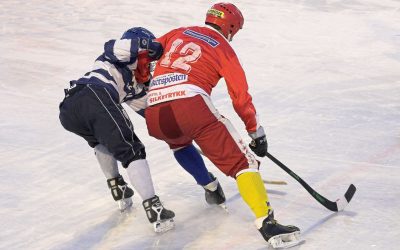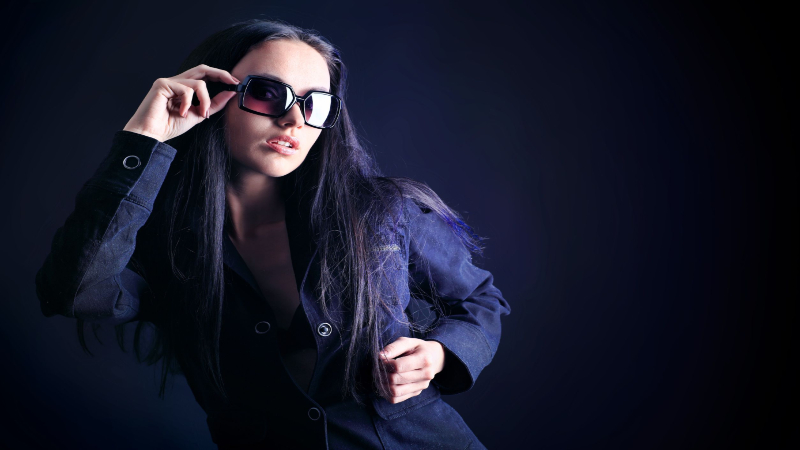Traditionally, the kilt was a highland garment that was only worn by men. The highland women wore a draped garment known as an earasaid that was either an unbelted wrap or a belted plaid. The traditional earasaid was either tartan, striped, or plain, depending on the cost.
When Women Began to Wear Kilts
In the 1800s, women in Scotland began wearing kilts. Womens kilts were most popular during the highland dances. In the 1900s, womens kilts become so popular that public discussions were held regarding the types women were allowed to wear. Thus, the kilted skirt was born.
The kilted skirt was similar in style and length to a traditional men’s kilt, yet it gave women their own identity that was separate from men. All women of Scottish descent and not just the highland dancers quickly adopted the kilted skirt.
These days, the kilted skirt is still quite popular. However, there is no reason women should not opt for more traditional womens kilts if they prefer. A good example is pipe bands, whose members wear kilts that are visually the same as those worn by men.
What Is the Difference Between Men’s Kilts and Women’s Kilts?
Today, there are two main differences between men’s kilts and womens kilts. First of all, a kilt made specifically for women must be made to accommodate the natural curves of a woman’s body. This makes sure that the kilt fits the hips and swings more naturally than a man’s kilt would on a woman.
Secondly, the seam on the apron of a woman’s kilt is usually worn to the left. The seam of a man’s kilt is usually worn to the right. This is a relatively new difference because in the past the seam of the apron was on the same side regardless of whether the kilt was designed to fit a man or a woman.

